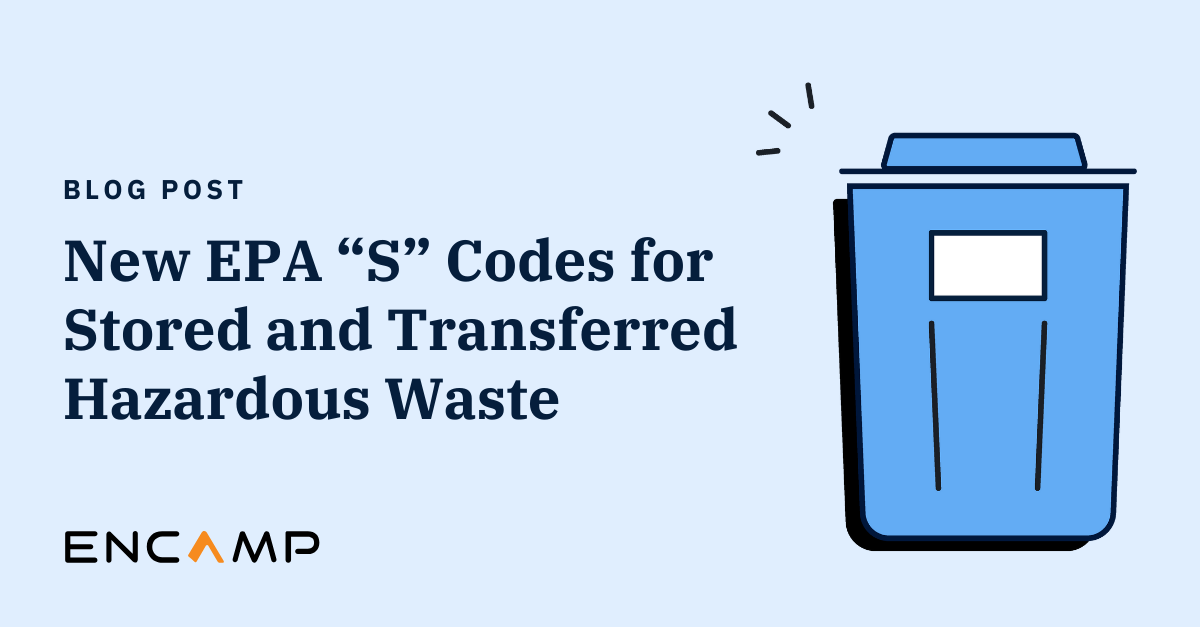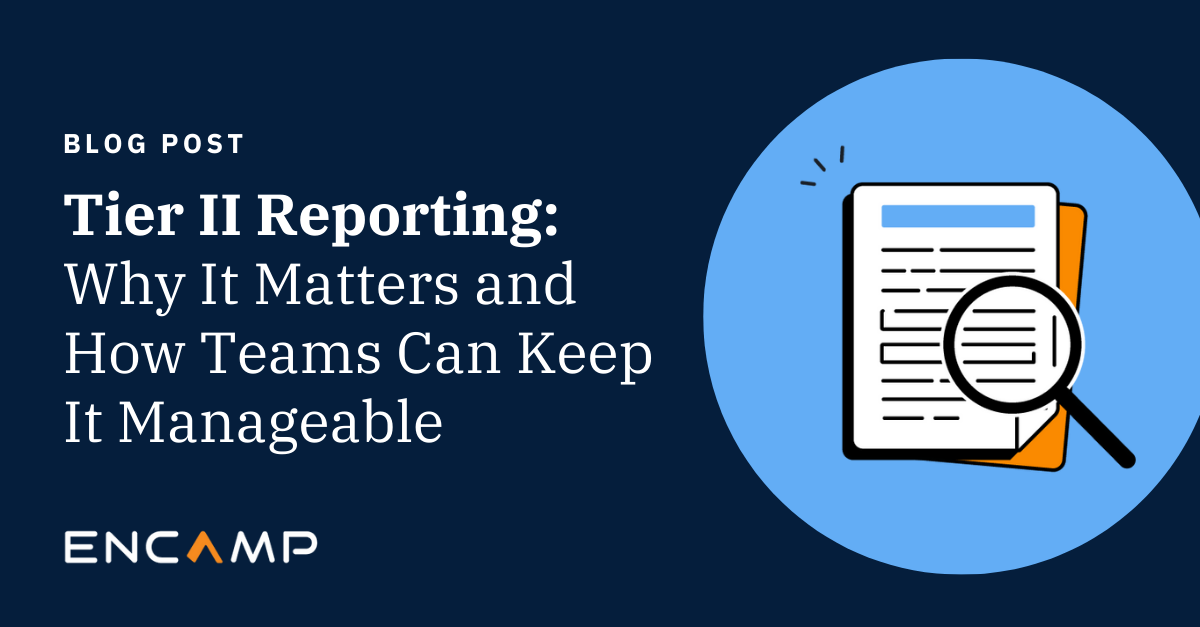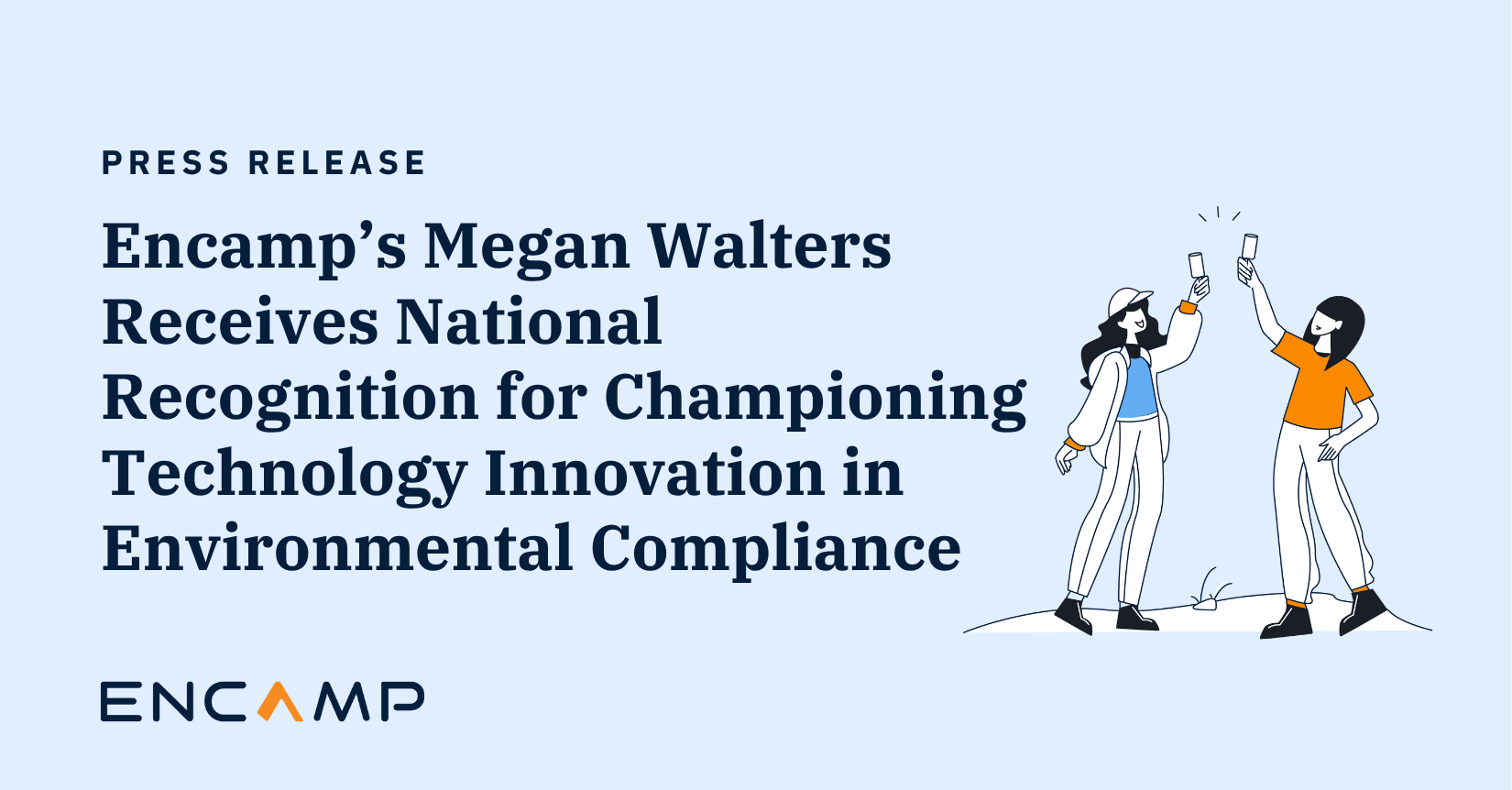Introduction
Back reporting for Toxic Release Inventory (TRI) and Tier II compliance is vital for ensuring accurate environmental reporting and transparency. Under Section 313 of the Emergency Planning and Community Right-to-Know Act (EPCRA), facilities are mandated to provide accurate and timely reports to the Environmental Protection Agency (EPA). This requirement includes not only the submission of annual reports but also rectifying any missed reports or making revisions or corrections to previously submitted information. This article offers an overview of the back reporting process, the differences between revisions and corrections, enforcement actions, and the benefits of self-disclosure.
Back Reporting Overview
TRI back reporting involves revising or correcting past reports submitted under EPCRA Section 313. Revisions occur when new information becomes available that improves the accuracy of the initial report. For instance, if a facility obtains more precise monitoring data that was previously unavailable, it would submit a “revision” to update its TRI report. Revisions typically do not trigger EPA enforcement action. Conversely, “corrections” address errors or incomplete information in the original report, such as mistakes in emissions calculations or omitted data. Corrections indicate that the initial submission was inaccurate and may result in monetary penalties from the EPA.
Similarly, Tier II reporting may require facilities to revise or correct past reports to maintain compliance with state and federal regulations. Instances where corrections or updates would be warranted include rectifying miscalculations in chemical quantities, updating contact information for emergency responders, incorrect chemical classifications, or missing information on chemical storage locations. “Revisions” involve modifying previously submitted data, while “updates” address errors or incomplete information in the original report. Once the necessary updates are made, the revised information replaces the existing data in the report.
Furthermore, facilities must also consider back reporting when reports have been missed entirely. In situations where a report was never submitted due to oversight or lack of awareness, facilities may need to address this by submitting the missed report retroactively to ensure that all necessary information is accurately documented and reported.
Facilities should strive for accuracy and completeness in their reporting to maintain compliance with regulatory requirements and minimize the risk of enforcement actions.
Regular review and verification of inventory data, including comprehensive assessments of all chemicals on-site and verification of reporting thresholds, are crucial for ensuring the integrity of Tier II and TRI reports. Timely modifications or submissions when missed reports have occurred further contribute to promoting environmental transparency, and quickly rectifying past errors or omissions demonstrates positive intent.
Enforcement Actions
Enforcement actions for both TRI and Tier II reporting can vary depending on the nature and severity of the errors or omissions in the reports. While revisions typically do not lead to EPA enforcement, corrections may result in monetary penalties. Examples of errors that may prompt enforcement actions include significant underreporting or misclassification of chemicals, incorrect chemical classifications, or substantial omissions of required information.
For Tier II reporting, fines for corrections can vary based on the severity of the violation, the facility’s compliance history, efforts made to mitigate or correct the violation, and the regulatory authority overseeing the enforcement. Facilities may face fines ranging from hundreds to thousands of dollars for substantial errors or omissions in their Tier II reports. Similarly, under TRI reporting, corrections that indicate substantial inaccuracies or non-compliance with reporting requirements may result in monetary penalties imposed by the EPA.
Additionally, facilities may also face fines or penalties for missing reports altogether and submitting them late. For Tier II reporting, fines for late or missed reports can also vary, with penalties typically increasing the longer the report is overdue. Depending on the jurisdiction and specific circumstances, fines for late or missed Tier II reports can range from a few hundred dollars to several thousand dollars. Similarly, under TRI reporting, facilities may incur penalties for late or missed reports, with potential fines ranging from several hundred to several thousand dollars, depending on the duration of the delay and the significance of the missed report. It’s crucial for facilities to promptly address any errors or deficiencies to mitigate the risk of enforcement actions and associated fines.
EPA Self-Disclosure Policy
Facilities are required to adhere to the EPA’s Self-Disclosure Policy, which mandates that all self-disclosed violations must be submitted through the eDisclosure program within the Central Data Exchange (CDX) portal. This policy aims to promote transparency and accountability in environmental reporting and compliance efforts. The EPA may exercise enforcement discretion in certain circumstances, such as when violations are promptly disclosed and corrected, or when facilities demonstrate proactive efforts to achieve compliance. New owner disclosures are an exception to this requirement.
Self-disclosure offers numerous benefits to facilities, including potential penalty reductions, mitigation of enforcement actions, and expedited resolution of violations. By proactively disclosing violations, facilities demonstrate a commitment to environmental stewardship and may receive leniency in penalties imposed by regulatory authorities. However, facilities must meet specific conditions to qualify for self-disclosure, such as making voluntary disclosures within 21 days of discovery, submitting revisions, corrections, or missed reports within 60 days of identifying the need, and providing compliance certification within 60 days.
Under the Self-Disclosure Policy, facilities can submit disclosures in two categories: systematic discovery disclosures and facility operations, maintenance, and monitoring disclosures. Systematic discovery disclosures involve identifying and disclosing violations discovered through systematic, comprehensive compliance evaluations. On the other hand, facility operations, maintenance, and monitoring disclosures encompass violations identified during routine facility operations, maintenance activities, or environmental monitoring. By understanding and complying with the conditions and categories of self-disclosure, facilities can effectively navigate compliance challenges and demonstrate a commitment to environmental responsibility.
Back Reporting Process
Once facilities identify any errors or omissions in their previous reports, whether they are revisions, corrections, or missed reports, they should follow the designated procedures for submitting revised or corrected reports through the appropriate channels, such as the state emergency response commission (SERC), local emergency planning committee (LEPC), and local fire department. While the EPA does not have a specific process for submitting past reports or formal guidance on back reporting for hazardous chemical inventory submissions, facilities still have an obligation to report for prior years if required. In cases where a facility is concerned about a missed submission or invalid report for a past year, it’s essential to proactively reach out to the SERC, LEPC, and fire department to determine if reports from previous years are necessary and comply accordingly.
Unsure about the back reporting requirements in your state?
At Encamp, we’ve cultivated strong relationships with SERCs, LEPCs, and Fire Departments and are well-versed in the back reporting requirements for each state. We’re here to help if you need guidance and reporting assistance.
Facilities should ensure that they adhere to specific timelines and requirements set forth by regulatory authorities for back reporting. These timelines can vary depending on the nature of the revisions or corrections needed and the specific reporting requirements for TRI and Tier II reports. Typically, regulatory agencies set deadlines for the submission of revised reports, which may vary from state to state or depending on the severity of the error. Although back reporting requirements can vary among different states and regulatory authorities, it’s common for facilities to be required to address missed submissions or revise past reports for a range of previous reporting years, often up to five years.
Additionally, facilities should be aware of any documentation requirements accompanying the back reporting process. This may include providing detailed explanations for revisions or corrections made, supporting documentation for changes in inventory or chemical quantities, and any other information requested by regulatory authorities. Failure to meet these timelines or provide necessary documentation could result in delays in the back reporting process or potential enforcement actions from regulatory agencies.
Record keeping Importance
Sound record keeping is essential for TRI and Tier II reporting compliance. Facilities must diligently document their compliance efforts. In instances where reporting is missed or reported quantities change significantly year over year, thorough documentation becomes crucial. It serves to substantiate compliance and justify exemptions from back reporting, if applicable, or to facilitate the completion of back reporting processes. Software solutions can be used to streamline tracking and documentation, and digital recordkeeping is more reliable than paper copies. Comprehensive records not only enhance transparency and accountability, but also enable prompt and effective responses to regulatory inquiries.
Learn How Amazon Utilizes Encamp for Compliance and Transparency
Amazon utilizes Encamp not only to ensure accurate reporting but also to justify why they’re not reporting when it’s unnecessary. With Encamp, Amazon can prove their negative declarations on reports, ensuring compliance with regulatory requirements. Additionally, Encamp allows customers like Amazon to load their current reports, enabling them to easily track changes throughout the year until the next report is due. This streamlined process helps Amazon better document and understand their data, ensuring they can easily address any regulatory questions that may arise.
Learn more in this short video:
Choosing to Back Report
Organizations must weigh the benefits of back reporting against the potential consequences of non-compliance. While back reporting can demonstrate a commitment to environmental transparency and regulatory compliance, it may also result in enforcement actions and monetary penalties. Facilities should carefully assess their reporting obligations and consult with regulatory authorities or experts if unsure.
Encamp’s Solution
Encamp offers reporting solutions tailored to the specific needs of facilities. Our platform streamlines the reporting process, helping organizations navigate regulatory requirements and ensure compliance with reporting obligations. Learn how Encamp can help you here.
Back reporting enables facilities to update information, correct errors, file missed reports, and demonstrate a commitment to environmental transparency. By understanding the back reporting process, adhering to regulatory requirements, and leveraging technology solutions like Encamp, organizations can navigate compliance challenges and achieve environmental stewardship.



